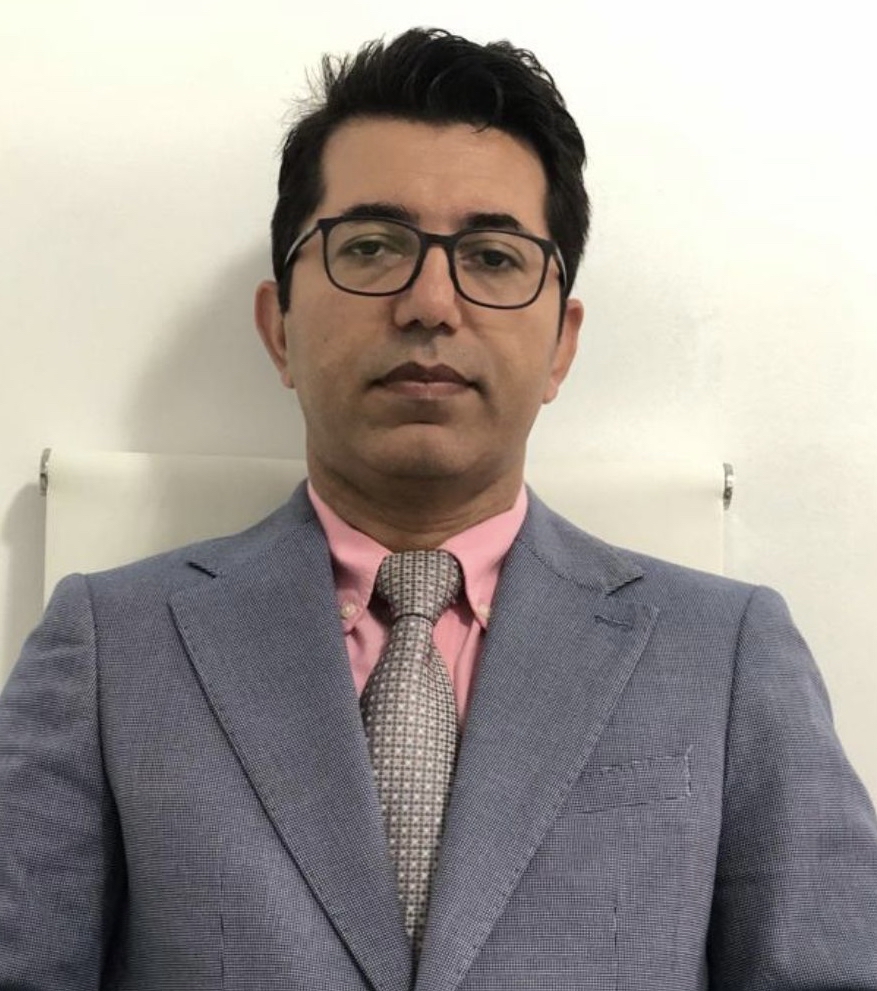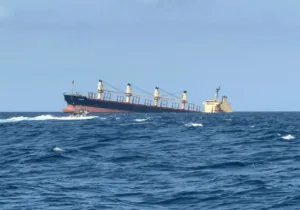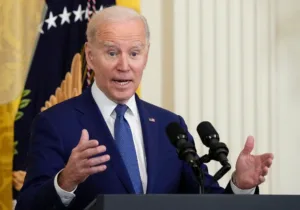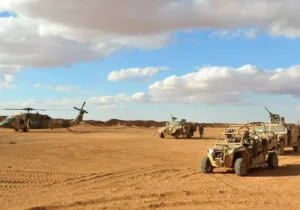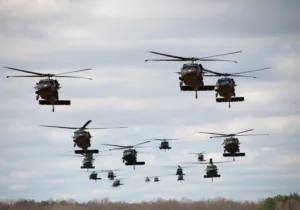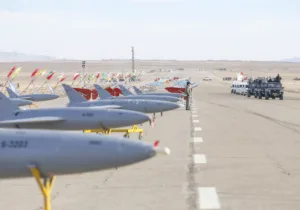In recent days, the Iranian regime brutally cracked down on protests in Esfahan province against growing water shortages. Some observers argue that the origins of the water crisis in Iran are climate change and a drastic drop in precipitation. However, the reasons for the crisis go deeper.
To begin with, Iran ranks fourth among the most water-stressed countries, with over 94 percent of the country affected by different levels of long-term drought and more than 70 percent of the population facing severe water shortages. Currently, there is an ongoing water crisis in 27 of the 31 provinces in Iran, with 210 cities facing extreme water stress, of which 100 have already passed the “critical point” of their water supply. Over seven thousand villages and towns have difficulty accessing drinking water, and 110 cities throughout the country are suffering from water disruptions or have been forced to implement water rationing and rely on governmental water deliveries by tanker trucks. The level of reservoirs supplying drinking water nationwide has dropped by 65 percent, with only 18 billion cubic meters (bcm) available water in the reservoir dams in 2021, down from 50.5 bcm of surface water in 2018–19.
Several factors have contributed to this so-called “water bankruptcy”: the rapid population growth, inefficient agricultural sector, poor water-management policies, and excessive dam building. Not surprisingly, the fingerprints of Ayatollah Khamenei and the Revolutionary Guards (IRGC) can be seen in all these spheres.
Population growth in Iran has had a substantial impact on water scarcity. Iran’s population doubled in three decades, from 42 million in 1985 to 82 million in 2017–18. Encouraging population growth in Iran has been one of Khamenei’s most important social projects. Khamenei believes that “advanced countries such as China and India” could achieve progress only because of their large populations. Backing his demographical doctrine with a verse from Quran, Khamenei noted, “God has asked Muslims to increase their population to gain superiority and excellence.” In the last ten years, Khamenei has repeated at least 42 times the assertion that Iran’s population needs to grow to 150 million, and “any birth control action should only be implemented after Iran’s population reached 150 million.”
Demographic changes have had consequences, such as changing consumption patterns, increasing demand for water, rural to urban migration, and living standards. These changes have resulted in excessive pressure on available water supplies, and the regime’s policymakers did not develop long-term water management strategies to prevent the coming crisis. Out of the total 500 billion cubic meters (bcm) of groundwater resources, 200 bcm have already been consumed, and the remaining 300 bcm are almost saline, not even suitable for agriculture. Experts call the situation the “Somalization of Iran.”
The second factor contributing to the sharp decline in water resources in Iran is its inefficient agriculture. The country’s agricultural lands are irrigated by submerged water, which consumes 90 percent of renewable water as opposed to the standard 70 percent in most countries. Switching from old irrigation methods to new methods could have saved up to 60 percent of the total water consumption in the country. Still, this option has never attracted enough attention from policymakers despite the regime’s emphasis on self-sufficiency in agricultural products.
Not surprisingly, Khamenei has been the architect of this second crisis, too. Being obsessed with his economic doctrine of self-sufficiency and economic independence, Khamenei prioritized agriculture over other sectors. In his vision for the country’s economic needs, he outlined that the country must work hard to achieve self-sufficiency in all areas, including water-intensive crops such as wheat, rice, and sugar cane.
A critical report published by the Majlis Research Center in 2016 pointed to Iran’s overreliance on dams to the detriment of other water delivery systems, such as irrigation systems, artificial watersheds, and drainage networks. The IRGC construction company Khatamal Anbya has been obsessed with building dams, which experts found generally non-scientific, poorly constructed, and leading to evaporation and reabsorption of water into the ground. President Hassan Rouhani tried to reverse reliance on dams by halting the construction of 14 dams and by ordering the construction of underground pipelines that are less prone to evaporation. But the IRGC moved against the plan to save its monopoly on dam building.
Similarly, the regime’s poor water management policies and planning have resulted in a dysfunctional urban water supply network. At least 20 billion cubic meters of water resources are over-extracted annually, and 28 percent of the drinking water in the country is wasted annually due to the dilapidated water supply network. Water wastage in certain cities amounts to 50 percent, and the government has not allocated enough funds to renovate worn-out networks.
Tackling domestic problems has never been the Iranian regime’s primary concern since 1979, when spreading the Shiite revolution across the Middle East became its “Sacred Mission.” This mission, along with the regime’s nuclear aspirations, translated into redirecting massive amounts of resources away from the domestic sphere toward consolidating its influence over the region and developing a nuclear weapons program. These ambitious plans left the country ill-prepared to tackle crises such as water shortages and environmental degradation.
The regime has spent up to $15 billion annually in Syria to save the al-Assad regime from total collapse. It contributes over $700 million to Hezbollah’s estimated annual budget of $1 billion. The regime’s estimated yearly financial aid to militias in Iraq and the Houthis in Yemen is over $300 million. It transfers $100 million every year to Hamas and Palestinian Islamic Jihad, the two main Palestinian terror groups ($70 million to Hamas, $30 million to PIJ). The regime is also paying an extra $30 million monthly to Hamas for information on Israeli missiles’ capabilities and locations. Hamas officials revealed that they had received $22 million in cash from Qassem Soleimani during a visit to Tehran in 2006. Soleimani’s daughter, Zeinab, recently launched a program for the “support of Lebanese girls” and donated $2 million to pay Lebanese girls who will marry Hezbollah militants.
The regime has also spent approximately $500 billion on the nuclear program. This cost excludes the non-quantifiable aspects of the nuclear program, such as the US sanctions, which have resulted in long-term economic problems.
Addressing domestic challenges such as the water crisis requires enormous investment, which is simply impossible due to sanctions. Even if sanctions are lifted, there is little chance that Ayatollah Khamenei and the revolutionary exporters would be willing to give up on their hugely expensive “Sacred Mission” and nuclear aspirations. However, they must decide whether they should maintain the Shiite empire or face internal unrest, which may lead to the regime’s demise.
